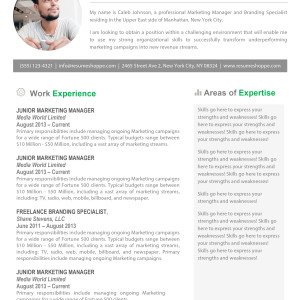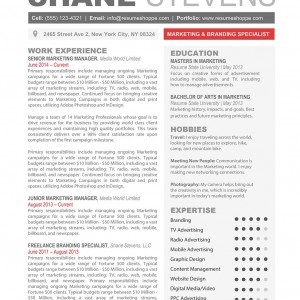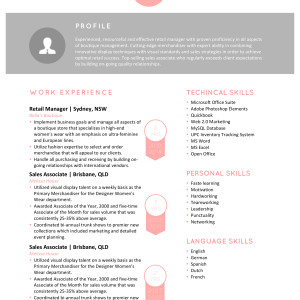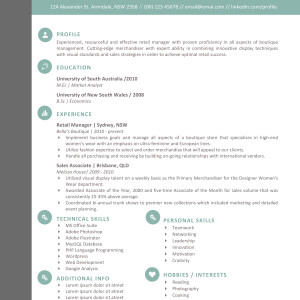How to make a great online portfolio
A portfolio is a collection of your past work, whether it be publications, pieces of artwork, or projects you took part in, that you display online (or keep in your personal possession) for future employers to peruse. It is physical embodiment of the contents of your resume.
Do you need a portfolio?
If you have a few projects that were meant to be seen by your superiors and peers in a group setting, or meant to be seen by the public, then you should include it somehow in a portfolio. A collection of your work shows your future employers the quality of your work.
It would also be to your advantage if your future employer, upon Googling your name, were to find your portfolio as either the first result or the second, following your LinkedIn profile.
So how do you make an online portfolio?
You can create your portfolio by designing your own website. That way, you can customize your image, use your own URL, and do everything to your exact specifications.
This approach can be labor-intensive and expensive, so if you would rather take a less expensive and an easier route, several websites offer templates and guidance as to how to make your portfolio. A few examples of these websites include:
Not all of these websites’ services are free, so you should keep that in mind when you are searching for a website that suits your needs the best.
What do you include in your portfolio?
The amount of projects that you want to place in your portfolio is entirely up to you. However, there are a few things that you definitely need to put in to transform it from average to extraordinary:
- Explanations of your work. Your projects might be confusing, since you are presenting them without any context. Provide the context of you work to your audience and explain why this project was necessary.
- Contact information. Emails and LinkedIn account would be fall under this category. It shows that you are accessible to future employers.
- A work history section, which includes your resume.
- An “About Me” section, which adds a personal touch to you and your projects.
- Testimonials! These offer validity and approval of your past works.


 The Caleb Resume
The Caleb Resume 

